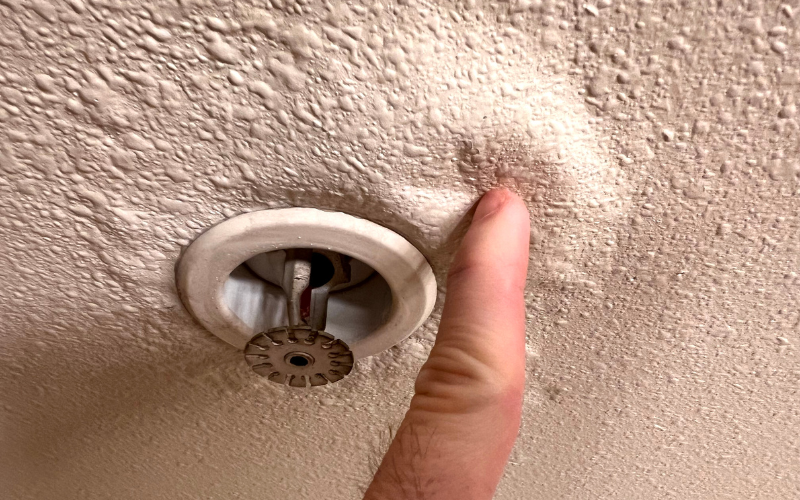
Hidden water leaks can silently wreak havoc on your home or business, leading to structural damage, mold growth, and inflated utility bills. Recognizing the subtle signs of these leaks is crucial to prevent costly repairs and maintain a safe living or working environment.
Common Signs of Hidden Water Leaks
1. Unexplained Increase in Water Bills
A sudden spike in your water bill without a corresponding increase in usage often indicates a hidden water leak in your home or business. According to the Environmental Protection Agency (EPA), the average household’s leaks can account for nearly 10,000 gallons of water wasted every year. Businesses with frequent water use should monitor their usage closely to catch leaks early.
2. Damp or Musty Odors
Persistent musty smells, especially in basements, attics, or storage areas, may signal mold or mildew resulting from hidden moisture. Mold thrives in damp environments and can pose health risks if left unaddressed.
3. Visible Stains or Damage
Yellow or brownish stains on ceilings, walls, or floors often indicate water intrusion. Over time, these stains can lead to bubbling paint, warped flooring, or structural deterioration.
4. Reduced Water Pressure
A noticeable drop in water pressure can result from leaks diverting water away from your fixtures. This issue affects daily activities and suggests potential plumbing problems.
5. Sounds of Running Water
Hearing water running or dripping when all fixtures are off is a red flag. Such sounds often point to leaks within walls or under floors.
6. Mold and Mildew Growth
Unexplained mold or mildew, especially in non-shower areas, indicates persistent moisture from leaks. Addressing the underlying leak is essential to prevent health hazards.
7. Unusual Wet or Damp Spots
Damp patches on walls, ceilings, or floors, particularly in areas away from water sources, suggest hidden leaks. These spots can lead to significant structural damage if ignored.
8. Cracks in Foundation or Walls
Water leaks can erode soil beneath foundations, causing cracks in walls or floors. Such structural issues compromise the integrity of both residential and commercial buildings and require immediate attention.
Practical Steps to Detect Water Leaks
- Monitor Your Water Meter: Turn off all water fixtures and observe the meter. Any movement indicates a leak.
- Conduct a Toilet Dye Test: Place a few drops of food coloring in the toilet tank. If color appears in the bowl without flushing, there’s a leak.
- Inspect Appliances and Fixtures: Regularly check under sinks, around appliances, and behind toilets for moisture or corrosion.
- Listen for Unusual Sounds: Pay attention to hissing or dripping noises, especially at night when the building is quiet.
The Importance of Early Leak Detection
Addressing water leaks promptly is vital. The EPA notes that fixing easily corrected household water leaks can save homeowners about 10% on their water bills. For businesses, proactive leak detection can significantly lower operational costs and prevent water damage to valuable assets. Additionally, undetected leaks can lead to mold growth, posing health risks and further increasing repair costs.
Code 3 Water Restoration & Mold Remediation offers professional leak detection and water damage restoration services for residents and business owners in Northern Colorado. We can also help implement preventative services, which can be a lifesaver for larger properties such as apartment complexes. Our team utilizes advanced technology to identify and address leaks, safeguarding your home or commercial property from potential damage.
Contact us today for a comprehensive inspection and ensure your property remains leak-free and protected.
